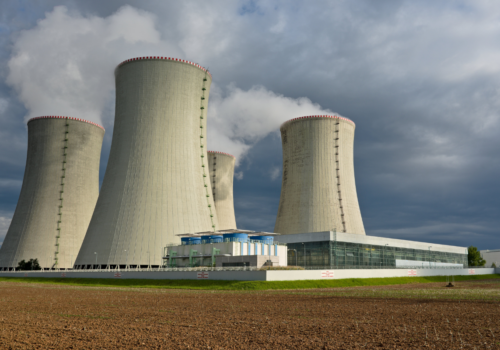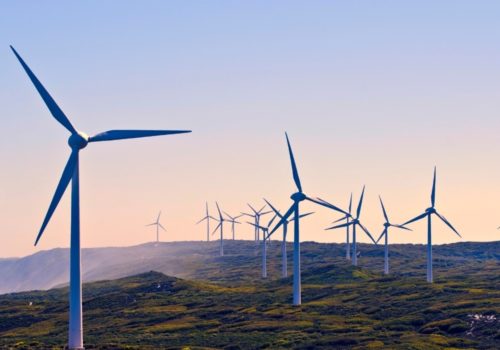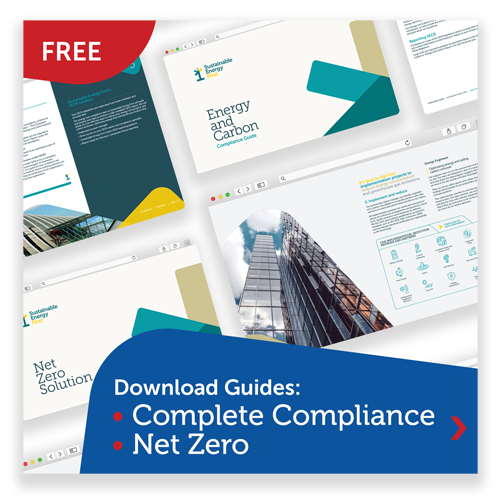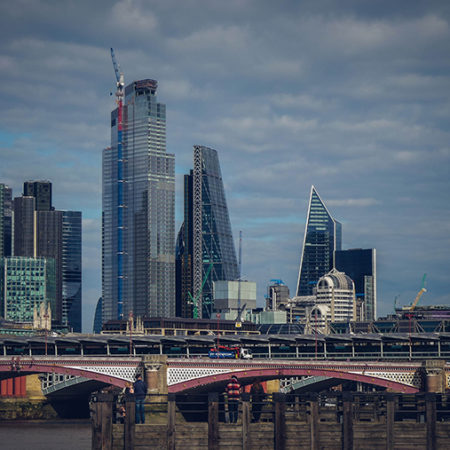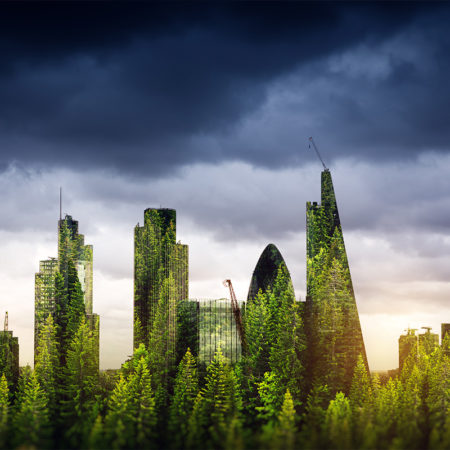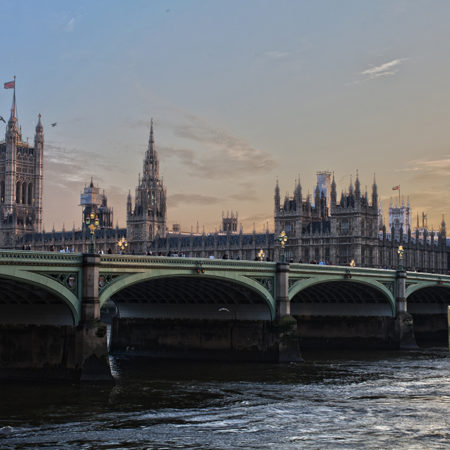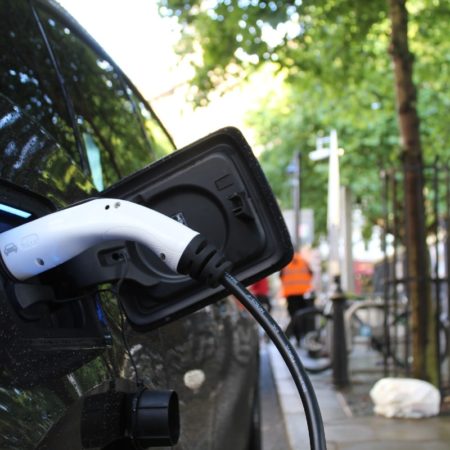Emissions from buildings must be completely eliminated by 2050 if the government is to meet its net zero target, according to the Climate Change Committee. The number of organisations committed to achieving zero-carbon buildings more than doubled last year as companies, cities and states increasingly recognise the need for immediate action. But the sheer scale of the challenge can be daunting for businesses: where exactly should you start?
Balancing emissions with new renewables
The definition of a net zero building from the World Green Building Council is “a building that is highly energy efficient and fully powered from on-site and/or off-site renewable energy sources”. The aim is for the building’s greenhouse gas emissions to be equalled by the renewable energy generated as a result of the building’s activities. So getting a building to net zero requires action on two fronts, which can be undertaken simultaneously: energy efficiency and energy supply.
Energy efficiency: starting from scratch
As our previous article on net zero buildings explains, the UK Green Buildings Council (UKGBC) sets targets for the energy efficiency of a net zero building. It should have a Display Energy Certificate rating of at least B and/or a minimum Energy Use Intensity rating of between 55-70 kWh/m2 per year, depending on the type of building.
If the building hasn’t been built yet and your company has control over its design and construction, the choices you make at the planning stage can ensure that operational emissions are minimised in future, as well as reducing emissions at the construction stage.
The Royal Institution of Chartered Surveyors (RICS) has standards and guidance on conducting whole-life carbon assessments for a building project, and it recommends that you first start assessing the carbon impact at concept design stage (RIBA Stage 2 or earlier). The UKGBC has developed a framework definition for net zero buildings for use by developers and designers.
Energy efficiency: starting from where you are
The UKGBC estimates that 80% of the buildings that will be around in 2050 have already been built, so construction standards for new buildings are only part of the story.
The UKGBC estimates that 80% of the buildings that will be around in 2050 have already been built, so construction standards for new buildings are only part of the story. The main task in the UK is to ensure that existing buildings are made as efficient as possible.
There is a wide range of possible actions to reduce a building’s energy waste and associated greenhouse gas emissions. Examples include:
- Replacing legacy lighting with LEDs
- Intelligent heating and lighting controls
- Installing insulation (cavity wall insulation, roof insulation, etc)
- Replacing the windows
- Upgrading to a more efficient boiler
- Fixing any faulty door seals on refrigeration units
- Recovering and re-using waste heat from furnaces
That list is far from exhaustive, but it shows the range of options available to anyone who wants to take the first step towards making their business premises a net zero building.
Sometimes an outside perspective, even a non-expert one, can help to identify the less obvious measures. For example, many retailers were in the habit of leaving their shop doors open in all weathers because they assumed that closed doors would lose them customers, until the Close The Door campaign showed that the opposite is true.
For office buildings, a new scheme launched in November 2020: NABERS UK. The scheme provides an energy efficiency rating from 1-6 stars, and helps office building owners to accurately target, measure and communicate the energy performance of their buildings.
The move towards zero carbon buildings is one of the UK’s biggest challenges as it strives towards its net zero target.
Energy supply
It is a good move to identify possible opportunities for renewables generation on-site, but the World Green Building Council acknowledges that it is not usually feasible to meet 100% of a company’s energy needs from on-site renewables. This means that most businesses aiming towards net zero buildings will use renewable energy suppliers.
It’s not as simple as just choosing a “renewable” tariff, because this could mean a range of things. Generators of green energy are given certificates known as REGOs by the energy regulator, to prove that their energy is green. But it is perfectly legal for a supplier to buy up lots of REGOs and use them to certify their own power as “100% renewable”, without actually buying any power from renewable generators.
It is important that the money spent on powering a net zero building is being invested in new renewables.
Another option is a renewable power purchase agreement (PPA), which involves signing a contract directly with a renewables generator rather than going through a supplier. This often means saving on energy costs in the long term. The BiU website has a good guide to corporate power purchase agreements.
Embedded carbon emissions
The embedded or embodied carbon of a building is the carbon emissions generated in extracting the raw materials, manufacturing building materials and construction itself. It’s usually quite a complex task to calculate this accurately.
The ratio between operational and embedded carbon emissions varies depending on the building type. For example, an unheated warehouse might have embedded emissions as about 80% of its total carbon footprint, because operational emissions are low. But a supermarket with lighting, heating, fridges and freezers will have much higher operational emissions, making embedded emissions proportionally much lower (around 25%).
Of course, if your company is constructing a brand new building, you have the opportunity to minimise the embedded carbon as well as a huge advantage in measuring it. RICS offers guidance for quantity surveyors on how to calculate “cradle-to-gate” embedded carbon in materials, processes and so on.
It’s much harder to assess the embedded carbon of a building that’s already here, but the good news is that you probably don’t have to. A technical paper from Historic Scotland argues persuasively that we should worry less about these “sunk” energy and carbon costs: “These buildings already exist, which means that the energy spent to erect them has been used and the associated carbon emissions generated […] Therefore, there is little point in evaluating the embodied energy or carbon originally spent when the building was erected. There is, however, significant benefit in evaluating the likely intensities of future energy use and associated carbon emissions.”
This means focusing on the things we can control, such as operational emissions, maintenance and refurbishment, rather than on what the carbon costs of the building originally were.
The move towards zero carbon buildings is one of the UK’s biggest challenges as it strives towards its net zero target. Businesses should get ahead of the curve now by taking their first steps towards minimising emissions and greening supply.





